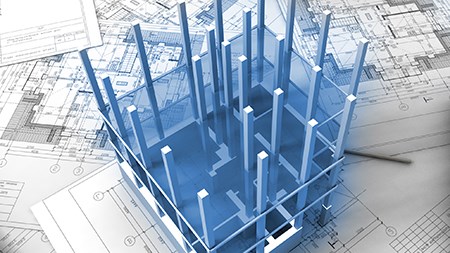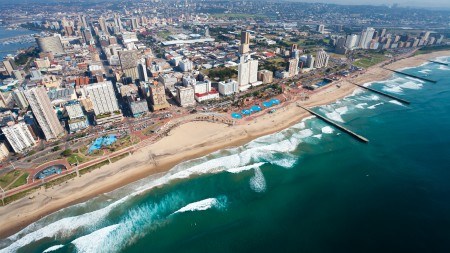Since its introduction to the market, 3D printing has made waves across various industries. Today, 3D printing is used to manufacture everything from car parts and organs to fashion accessories and food. The technology is now being applied to homes, the upshot of which is that the global housing market could be in for something of a revolution.
Many 3D printed homes which have been constructed to date have been created with a view to providing low cost housing within a short space of time. For instance, the World’s Advanced Saving Project (WASP) recently unveiled the world’s largest ‘delta style’ 3D printer capable of printing full-scale dwellings out of mud and clay.
The printer is the brainchild of Italian inventor Massimo Moretti whose aim it is to “create a means for affordable fabrication of homes and provide these means to locals in poverty stricken areas.” Importantly, the dwellings cost virtually nothing to construct. Moretti reportedly chose mud due to the fact that it is usually readily available, is environmentally friendly and is imbued with insulating properties.
A company in China is printing homes in line with similar goals. WinSun Decoration Design Engineering Co. recently constructed a small collection of partially 3D printed houses in less than a day. Recycled construction waste, industrial waste and glass fibers were used to manufacture the printed components which were printed separately before being assembled on site. In total, the houses cost less than $5000 each.
When viewed against the backdrop that an estimated 100 000 new homes will be needed every day over the next 15 years to meet the needs of a growing low income populace, the need for such homes becomes abundantly clear.
But printed homes are not just being made to cater to low-income, impoverished or displaced people in need of ‘instant’ homes. Chinese company ZhuoDa recently assembled an upmarket two storey villa in Xian in less than three hours. The villa comprises six 3D printed modules which were printed offsite prior to being assembled like Lego bricks in front of a live audience.
The modules are printed from a mix of industrial and agricultural waste, are fireproof and can withstand high magnitude earthquakes. Post construction, decorative sheet textures can be applied to each module. Homeowners will also be given the option to choose from textures such as jade, marble, wood and granite. It takes just 10 days to produce one of the villas from scratch at a reduced cost of between $400 and $480 per square meter. On average it takes around six months to build a similar home using traditional methods.
On the other side of the world in Amsterdam, an entire grand canal house is being constructed from printed, inter-lockable, honeycomb shaped ‘chunks’. Each chunk is printed by a 20-foot-tall 3D printer called the ‘Kamermaker’ or room builder and takes approximately a week to print. The house was conceptualised by DUS Architects and features 13 different rooms which showcase some of the new age materials and elements being incorporated into the house. It is anticipated that the house will be completed in 2017.
Various other versions of printed homes are beginning to trickle through to the global market place. By and large the houses are seemingly being well received. And it’s easy to see why. Printed homes have the potential to revolutionise the building industry and solve many of the problems associated with supply and demand across the property sector. Suffice to say it will be interesting to see how developments in this space unfold.





